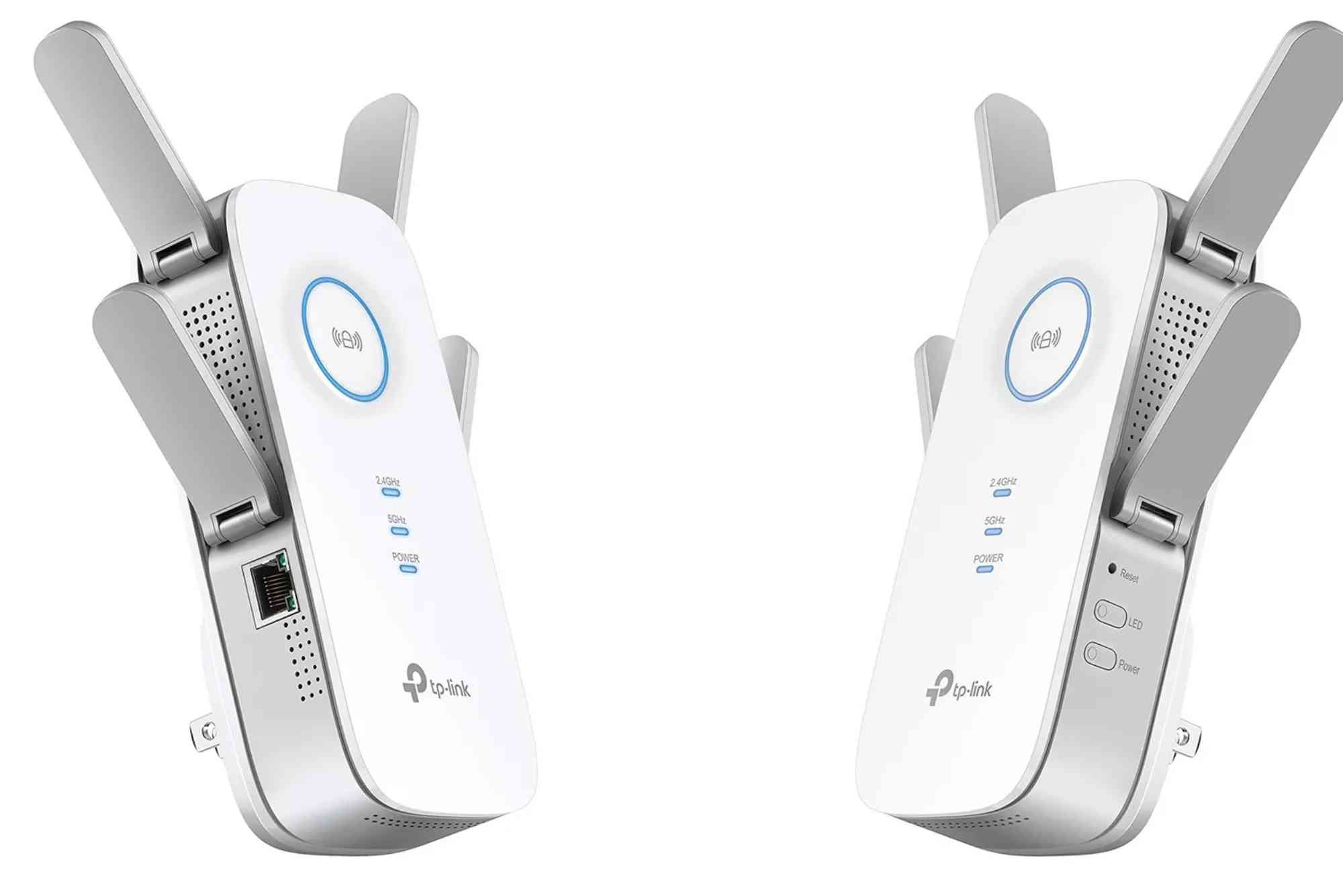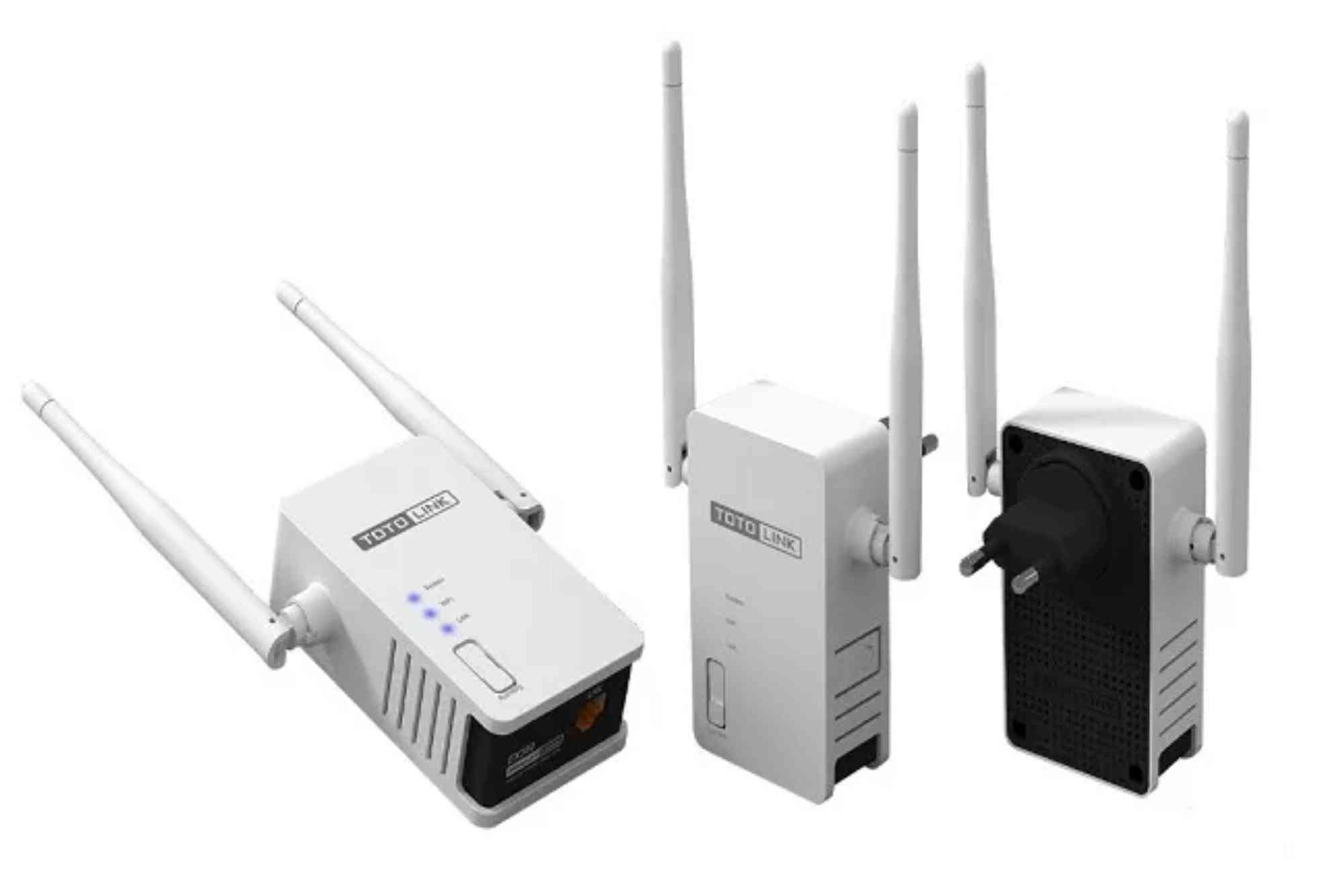Introduction
Wi-Fi has transformed the way we live, work, and communicate. From the early days of 802.11b to today’s advanced 802.11ax, Wi-Fi standards have continually evolved to meet growing demands for speed, reliability, and connectivity. This journey, known as the Wi-Fi standards evolution, reflects decades of innovation in wireless technology. Understanding these changes is essential, whether you’re streaming in Mountain View’s Orange Theory Fitness gym or running a business that relies on seamless connectivity.
The Beginning: 802.11b and the Birth of Wi-Fi
Introduced in 1999, 802.11b marked the start of mainstream wireless networking. Operating at 2.4 GHz, it delivered speeds up to 11 Mbps. Although slow by today’s standards, it made Wi-Fi accessible to households and small businesses. The wide adoption of 802.11b fueled the first real wave of wireless freedom, replacing tangled Ethernet cables with mobility.
The Growth Phase: 802.11a and 802.11g
802.11a: Higher Frequencies, Faster Speeds
Launched around the same time as 802.11b, 802.11a worked at 5 GHz and supported 54 Mbps speeds. It offered less interference but a shorter range, making it better for offices than homes.
802.11g: Best of Both Worlds
In 2003, 802.11g combined the reach of 2.4 GHz with the speed of 54 Mbps. It became the new household favorite, powering early video streaming and online gaming.
The Wireless Revolution: 802.11n
When 802.11n arrived in 2009, it revolutionized wireless networking. Using multiple antennas (MIMO technology), it achieved speeds up to 600 Mbps. For the first time, Wi-Fi could handle HD streaming, video conferencing, and business-level demands. This was also when Wi-Fi began supporting entire households of connected devices.
Gigabit Wi-Fi: 802.11ac
By 2013, internet users demanded more bandwidth. 802.11ac, also called Wi-Fi 5, rose to the challenge. Offering gigabit speeds on the 5 GHz band, it supported wider channels, beamforming, and multiple users simultaneously (MU-MIMO). This made 802.11ac perfect for streaming 4K videos, online gaming, and cloud-based applications. Businesses and fitness studios like Orange Theory Mountain View could now support dozens of devices without performance drops.
The Modern Era: 802.11ax (Wi-Fi 6)
Wi-Fi 6, or 802.11ax, officially rolled out in 2019. Designed for high-density environments, it increased efficiency rather than just speed. With features like OFDMA and Target Wake Time, it improved battery life and reduced latency. Wi-Fi 6 could handle hundreds of devices simultaneously, a must for smart homes, IoT, and crowded venues.
Today, Wi-Fi 6 is the backbone of modern connectivity, powering offices, gyms, and homes where uninterrupted streaming, gaming, and business operations are non-negotiable.
Why Wi-Fi Standards Keep Evolving
Every new standard addressed limitations of its predecessor. As more people streamed content, worked remotely, and connected smart devices, the need for faster and more efficient Wi-Fi grew. This continuous cycle of innovation ensures wireless networks remain reliable, secure, and scalable.
For example, Wi-Fi 6 provides up to 40% faster speeds than Wi-Fi 5, but its real advantage lies in managing network congestion. Imagine a busy gym in Mountain View, where dozens of people track their workouts via apps—Wi-Fi 6 ensures smooth data flow without lag.
The Future of Wi-Fi: Looking Ahead
While Wi-Fi 6 is powerful, Wi-Fi 7 (802.11be) is already on the horizon. Promising even higher throughput and lower latency, it aims to support immersive technologies like AR, VR, and ultra-HD streaming. The evolution of Wi-Fi standards will continue, pushing boundaries to match digital demands.
Frequently Asked Questions (FAQs)
What is the difference between Wi-Fi 5 and Wi-Fi 6?
Wi-Fi 5 (802.11ac) focuses on speed, while Wi-Fi 6 (802.11ax) improves efficiency and device capacity in crowded networks.
Why do Wi-Fi standards matter?
Wi-Fi standards determine speed, reliability, and how many devices can connect seamlessly. Each upgrade ensures smoother online experiences.
How do I know which Wi-Fi standard my device supports?
Check your device specifications under network or connectivity. Most modern devices support Wi-Fi 5 or Wi-Fi 6.
Is Wi-Fi 6 worth upgrading to?
Yes. If you have multiple devices, smart home setups, or need reliable performance in crowded areas, Wi-Fi 6 is a solid upgrade.
What’s next after Wi-Fi 6?
Wi-Fi 7 (802.11be) is the next step. It’s expected to deliver faster speeds, better stability, and support for advanced applications.
The Wi-Fi standards evolution from 802.11b to 802.11ax shows how far wireless technology has come. Each step addressed new challenges and unlocked possibilities—from replacing cables to powering entire smart ecosystems. Whether you’re at home, in a bustling office, or tracking workouts at Orange Theory Mountain View, reliable Wi-Fi has become essential.
As the world prepares for Wi-Fi 7, staying updated with the latest standards ensures your connectivity keeps pace with innovation. If you’re looking for dependable internet solutions tailored to your needs, check out Dhanote Internet Services for professional support.








